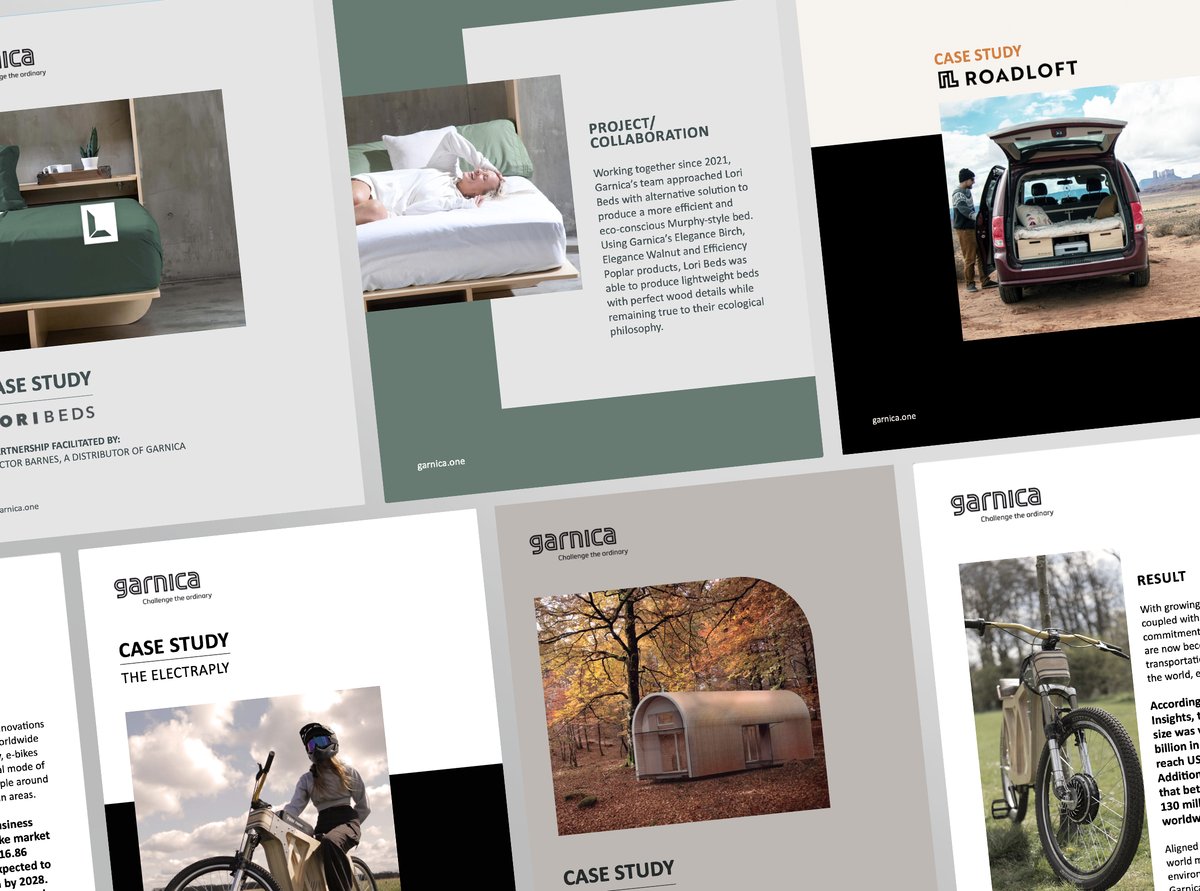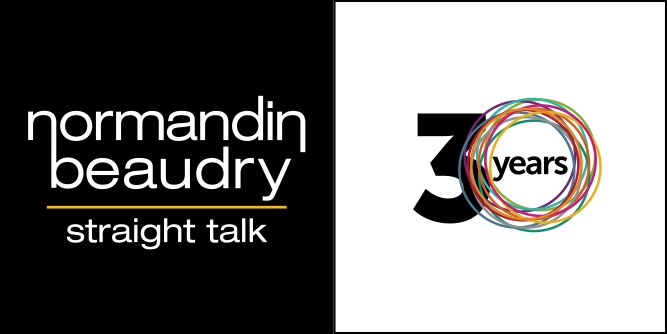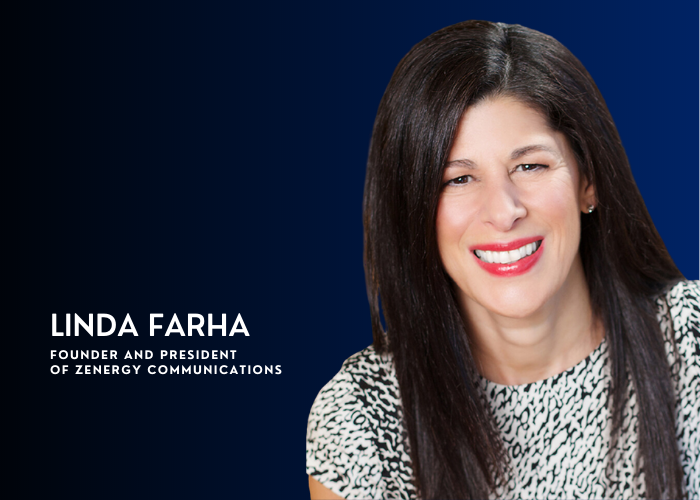In our conversation with Linda Farha, founder and president of Zenergy Communications, she highlights the significance of tailored digital marketing training for small retailers, emphasizing its role in their success and community economic development. She discusses the ‘Retail Through the Lens of Omni-Channel’ module, detailing its key components and potential impact on local economies. Linda also addresses the challenges faced by local business owners in today’s dynamic retail landscape and offers valuable recommendations to help small businesses thrive in their industries.
Linda Farha, an experienced communicator, and marketer with some of Canada’s most respected mid-sized organizations, knows how to deliver bottom-line results in today’s fast-paced environment. During her 20-year tenure in the corporate world, she devised successful strategic solutions for both national and international organizations. Linda’s energy, entrepreneurial nature, and ability to understand specific organizational needs and budgetary constraints, allows her to deliver optimal marketing and communications strategies. She created Zenergy Communications driven by a seasoned team of entrepreneurial spirits with complementary skills to support all marketing and communications needs.
Her experience is vast and includes media and investor relations, branding, license development, sales management, customer relations, and international business development. Her last tenure in the corporate arena was as Vice-President of Boomerang Tracking where she helped bring the company to a #1 ranking in the Deloitte & Touche Canadian Technology Fast 50 Awards Program. Linda has also worked in Italy where she assisted in the development of business and marketing strategies for European enterprises. Her industry background ranges from high-tech services (automotive), financial services (insurance), to retail (clothing/food) and fashion (manufacturing).
Linda was the volunteer president of the Farha Foundation – Quebec’s largest AIDS fundraising organization for over 10 years. She is trilingual and holds a bachelor’s degree in Mathematics for Commerce from York University and studied Graphics Arts Management at Ryerson University.
When did you start your career? And what are your responsibilities at Zenergy Communications?
I am the founder and president of Zenergy Communications, a leading integrated marketing-communications agency. After working for various corporations over a 25-year span, I left a senior position with a publicly traded company in 1993 to start Zenergy. I felt that there was a void in the marketplace for a boutique firm led by industry experts that could address a broad range of client needs, without the large agency fees and bureaucracy. My experience includes media and investor relations, branding, license development, sales management, customer relations, and international business development. I have worked and represented companies in a multitude of industries from high-tech, financial services, and manufacturing, to retail, fashion, and non-profit.
Why do you believe that providing small retailers with tailored digital marketing training is crucial for their success and for the overall economic development of the community?
Tailored digital marketing training can help small retailers develop and implement effective marketing strategies that are specific to their online business needs and target customers. Leveraging an omni-channel approach to marketing helps small retailers increase their online visibility, engage with customers, and drive sales. Small businesses represent 99% of the national economy and they are the economic engine of our communities. Giving them the resources to remain competitive in an evolving economic landscape can help communities create more job opportunities, encourage tourism, increase tax revenues, promote entrepreneurship, and create sustainable businesses.
What are the key components of the ‘Retail Through the Lens of Omni-Channel’ module, and how do they specifically cater to the needs of small business owners?
The ‘Retail Through the Lens of Omni-Channel’ module includes a masterclass followed by six accelerator sessions that guide small business owners through the process of content development, social media strategies, and creating marketing campaigns using relevant channels, platforms, and devices to promote products and services to customers and prospects. The module provides an integrated understanding of omni-channel and digital marketing possibilities along with one-on-one sessions for personalized support. Specifically, it caters to the needs of small business owners by breaking down barriers and making digital marketing strategies and tactics more accessible and comprehensible. The information presented in the module is specifically developed with small business owners in mind and is delivered by retail marketing and communications experts.
How do you envision the impact of the ‘Retail Through the Lens of Omni-Channel’ module on local economies, in terms of generating tax revenues and supporting essential services like libraries, schools, and parks?
The ‘Retail Through the Lens of Omni-Channel’ module has the potential to positively impact local economies by helping small businesses grow their customer base, increase sales, and drive tourism which in turn generates tax revenues and supports essential services. When small businesses are properly able to market to their audience and prospective customers it can help generate business and attract new visitors to communities. As small businesses begin to thrive, they create new job opportunities and contribute to the overall economic development of the community.
Can you describe the current challenges that local business owners face in the ever-changing retail landscape and how the partnership between Zenergy Communications and Retail Strategies aims to address these issues?
Local business owners are currently faced with a host of challenges, including understanding the latest digital marketing trends and opportunities, adapting to changing customer expectations, and remaining competitive with larger retailers. The partnership between Zenergy Communications and Retail Strategies aims to address these issues by providing bespoke digital marketing training to small business owners, helping them better engage their customer base and succeed in the evolving retail landscape. Having a comprehensible step-by-step marketing strategy to follow puts power back into the hands of small business owners, helping them to maximize their business potential and grow their customer base.
What specific recommendations would you like to share with small business owners to help them prosper in their respective industries, ultimately contributing to the success of their organizations?
Small business owners must focus on building a strong brand identity, delivering exceptional customer service, and leveraging the latest digital marketing strategies. It is also important that they stay up-to-date with trends in their industry and constantly look for innovative ways to market their products and services. For example, experiment with pop-up locations or host creative and interactive livestream product launches. By working with partners like Zenergy Communications and Retail Strategies, communities can support their small business owners who will gain the knowledge and resources they need to succeed in today’s ever-changing retail landscape.








